The Eiffel Tower is an iconic symbol of Paris, but over the years its presence has not always been so valued. It may be hard to believe now, but the Eiffel Tower was once met with contempt. Here are six things you might not know about the famed “Iron Lady.”
The Parisian Elite Originally Hated the Eiffel Tower
A group of 300 Parisian artists and intellectuals protested the Eiffel Tower during its construction, even going as far to call it “monstrous.” In 1887, they made their complaints public by publishing their feelings in Le Temps newspaper on Valentine’s Day in a piece titled “The Protest Against the Tower of Monsieur Eiffel.” The text declared that the obscene design of the Tower was not consistent with “French taste… art and history.” However, by the time the tower was completed in 1889, these complaints petered out when faced with the magnificent end result.
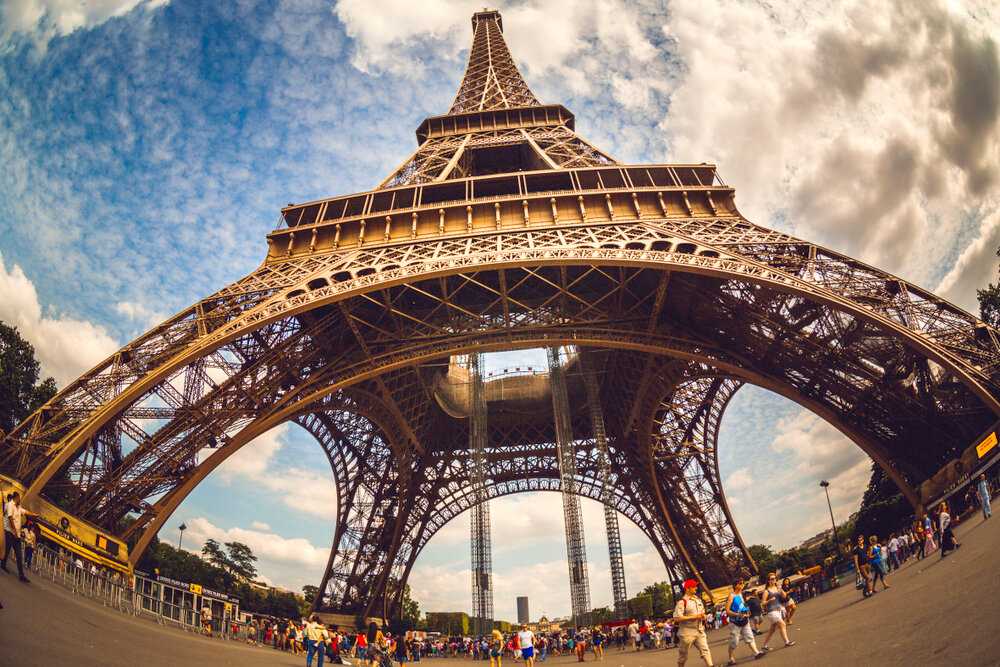
It Was Used to Take Down Criminals and Protect Paris
During World War I, the Eiffel Tower played a critical role in protecting the city and proved useful in gathering evidence on spies. The French used the tower’s transmitter to disrupt the Germans’ communication. The Eiffel Tower’s wireless station also intercepted messages from the enemy, which resulted in valuable knowledge on the German army. Lastly, the same wireless station allowed telecommunication officers to get their hands on a coded message that led to the capture of Mata Hari, the famous 20th-century female spy accused of espionage on behalf of Germany.
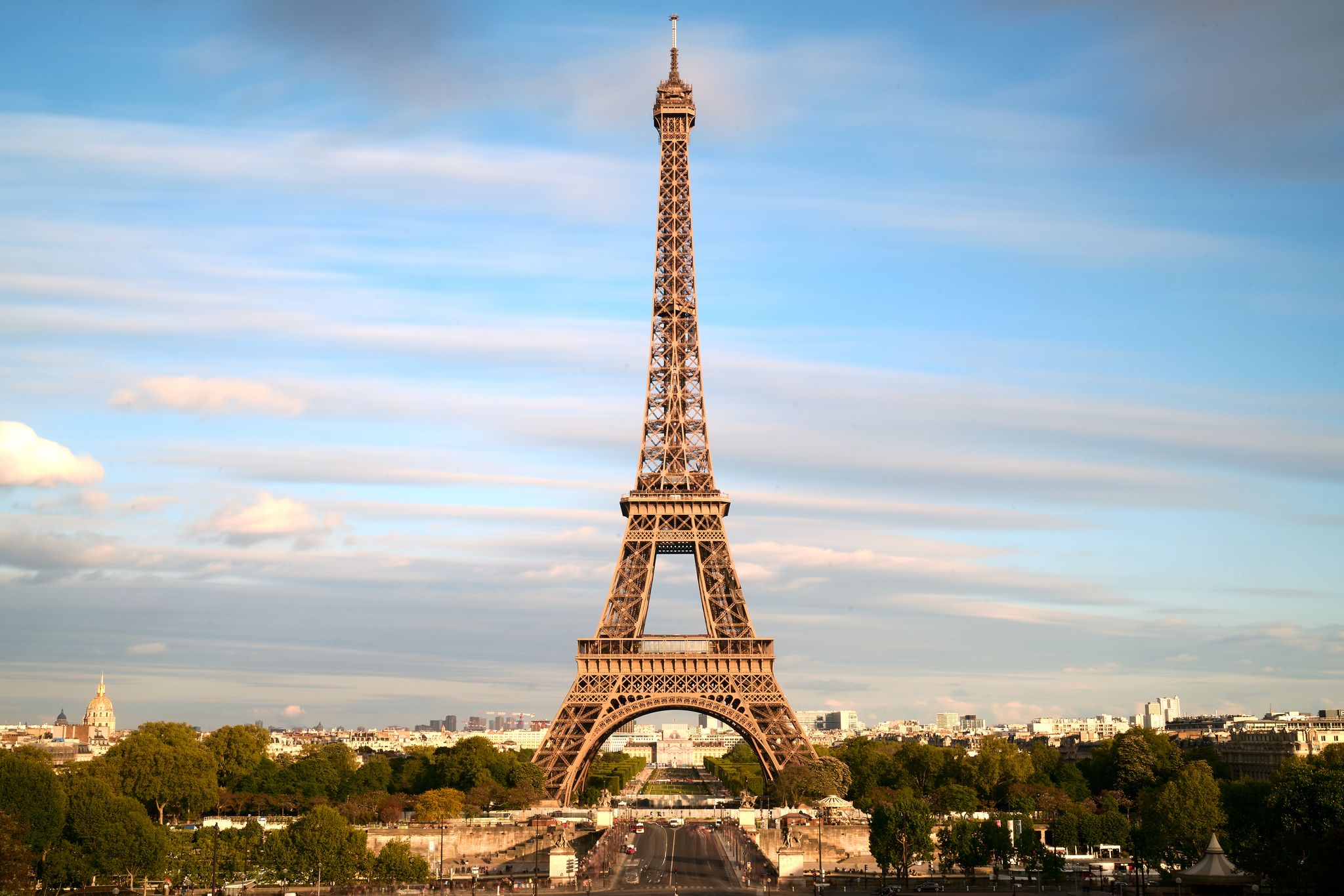
The Eiffel Tower Was Not Designed by Gustave Eiffel
Gustave Eiffel did not actually design his namesake tower. While his company was responsible for its construction, it was his two senior engineers, Maurice Koechlin and Emile Nouguier, who dreamed up the famous structure. It was said that Eiffel was not overly supportive of the initial design (drawn by Koechlin). However, after some tweaks and additions made by the French architect Stephen Sauvestre, Eiffel changed his tune, supported the project and eventually bought the rights to the patented design.
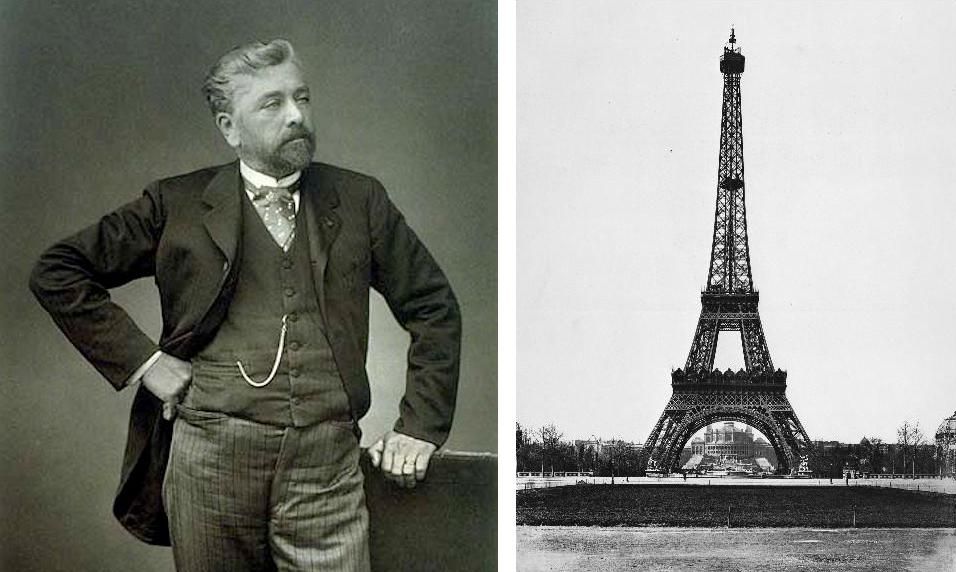
The Eiffel Tower Was Supposed to Be Temporary
Erected in 1889, the famous Tower was built to commemorate the centennial of the French Revolution. It was originally given a lifespan of 20 years and was set to be demolished in 1909. However, the French decided to hang on to their precious tower once they realized the value of its radiotelegraph station (which proved very useful during World War I). It has since become a symbol of Parisian pride and a world-recognizable structure.
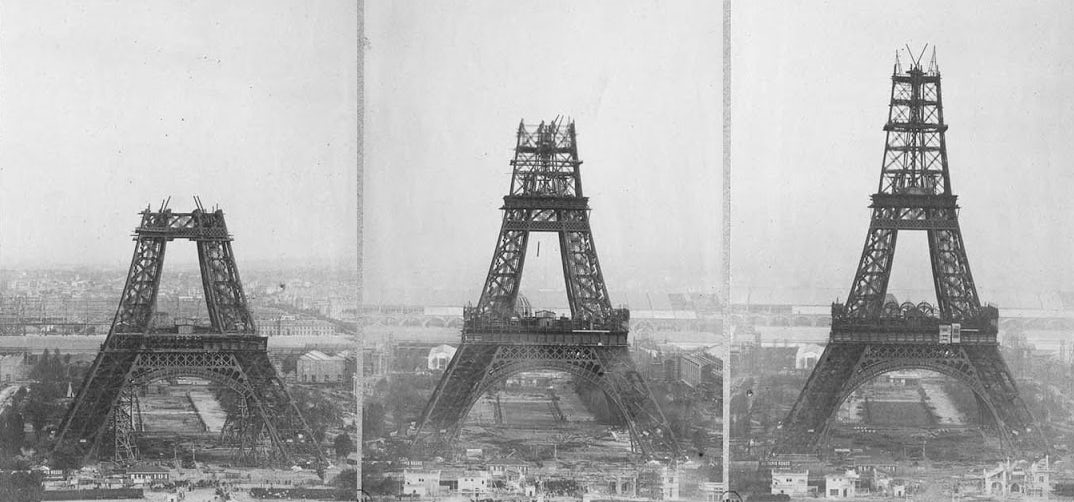
The Eiffel Tower Moves
The metal material used for the Tower’s construction causes it to expand — and therefore grow — in the summer under the blazing sun. When the temperatures turn colder, the Eiffel Tower naturally shrinks again. The change in its height can be as much as 15 centimeters (nearly 6 inches). The top of the Eiffel Tower also sways in the wind, moving roughly 7 centimeters (nearly 3 inches) side to side.
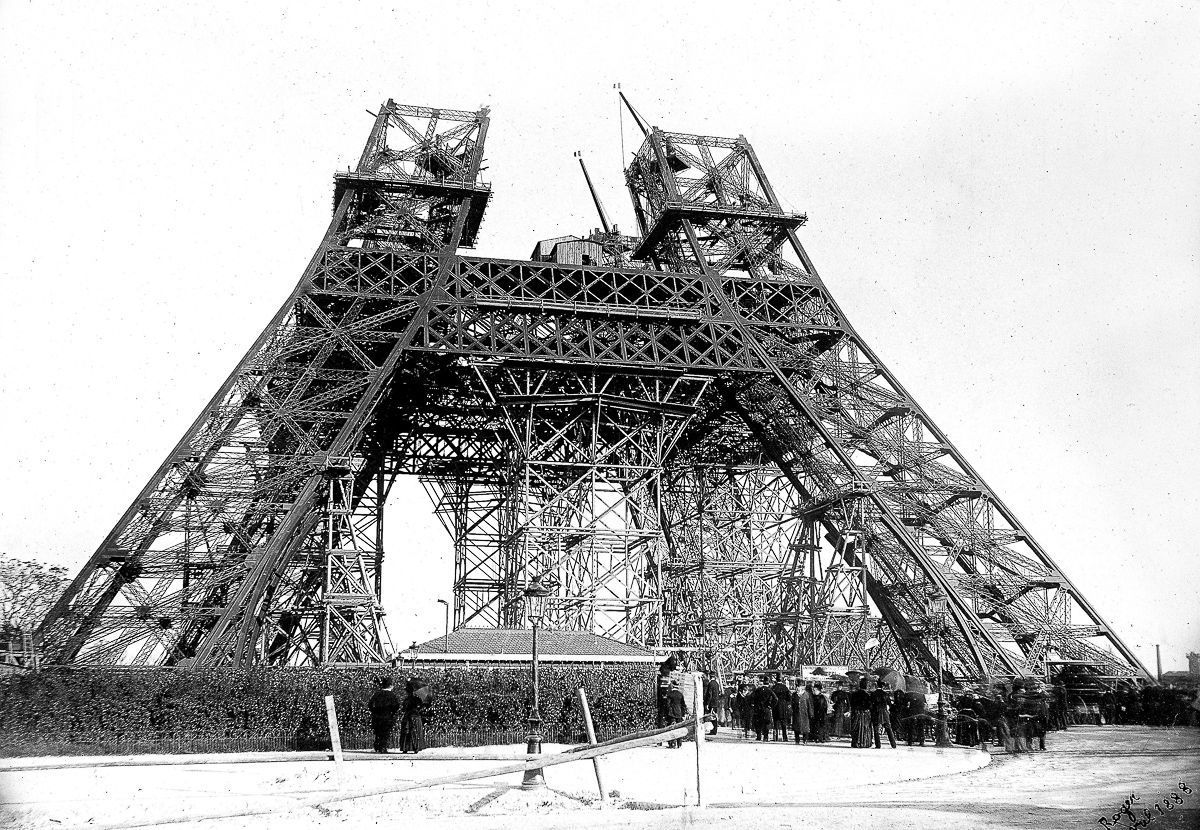
The Eiffel Tower Reached New Heights
At the time of its construction in 1889, the Eiffel Tower reigned supreme as the tallest building in the world at a staggering 1,063 feet (324 meters). It was finally outdone in 1930 by New York City’s Chrysler Building.

